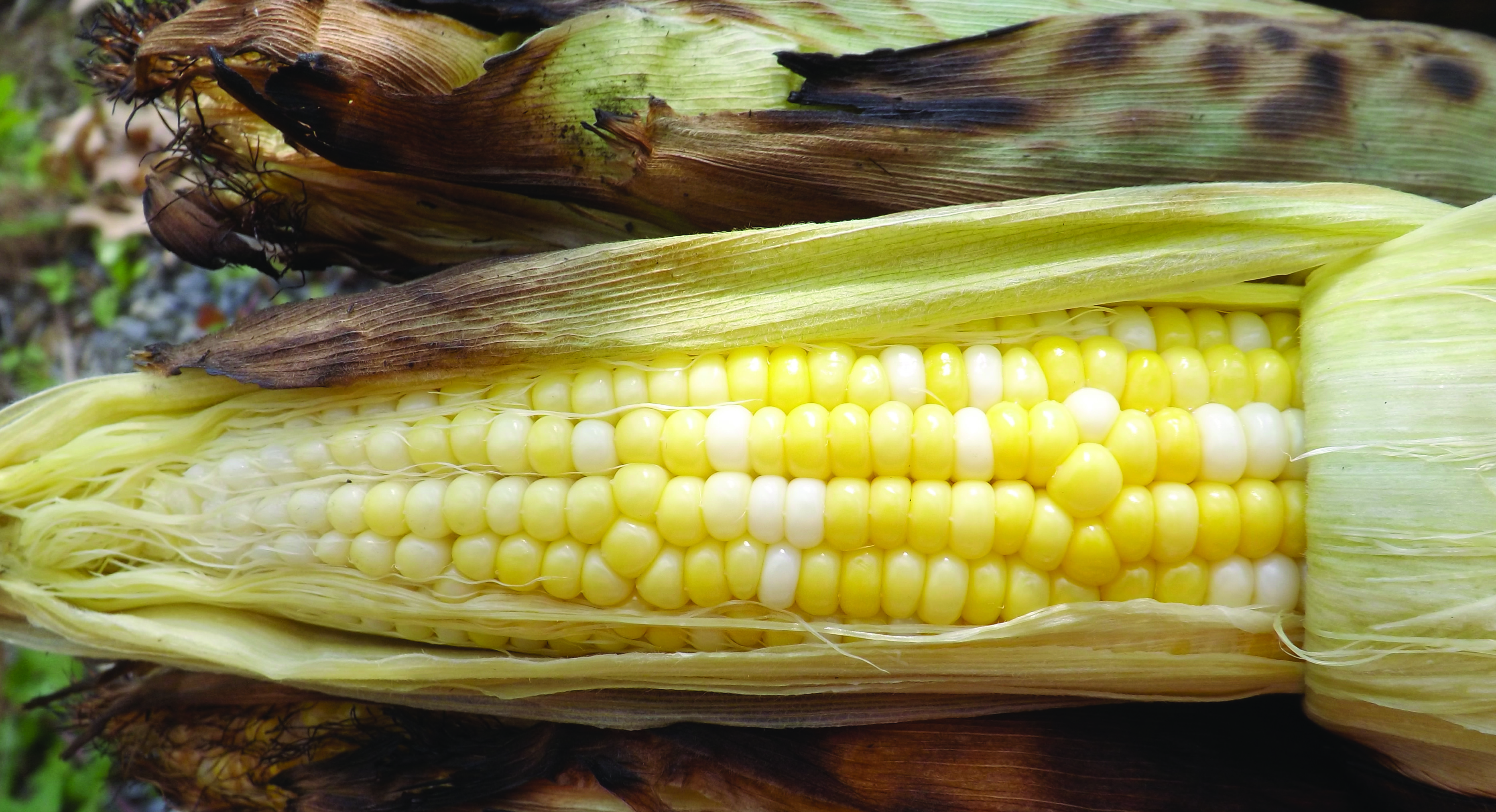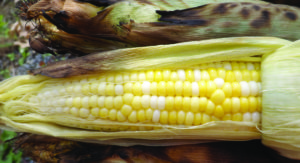Warming on the cob: A guide to cooking corn on a campfire
Few things capture the essence of summertime eating like the buttery-sweet juiciness of biting into a freshly picked ear of locally grown sweet corn.
So it should seem natural to combine that seasonal staple with another — camping. Unfortunately, too many people feel that camping, especially when in more rustic situations, means you need to sacrifice the creature comforts of home — especially when it comes to cooking over a campfire. These folks think camping means an endless supply of stick-roasted hot dogs and Smores.
That isn’t the case. With close to three decades of camping experience in all sorts of environments, I’ve learned that creativity in cooking is only limited by the imagination. The goal of this “Campfire Cuisine” column is to prove that you can cook basically any dish over a campfire.
Our region is blessed with numerous fresh produce stands and farmers markets, and sweet corn is plentiful later in the summer. For those who can’t wait, local grocery stores are starting to offer corn at special rates with Memorial Day soon here.
The traditional method for cooking corn on the cob is to husk the corn and then boil the ears about 10 to 15 minutes. When it comes to consistency, this method is hard to beat. However, boiling water over a campfire can be tricky and time-consuming — partially because the heat from a campfire isn’t as concentrated to one specific point like it is on the stovetop at home.
Another method for campfire corn is to leave the husks on and soak the ears at least 15 to 20 minutes in cold water. Then, you place the ears directly on your campfire coals, turning frequently to prevent burning.
While I’ve had some success with this option, it can be a real challenge to keep rotating the corn enough to avoid charring — especially when you have other items needing attention.
The compromise, and one that has proven the most successful, is to cook the corn in husks over the fire using a metal rack. These racks come in all shapes and sizes and can be found in numerous stores throughout the region — or can be a great project for the welder in your family.
In cooking the husk-covered corn in this fashion, you don’t need to pre-soak the ears, which saves time. It does take a little longer to cook the corn since it isn’t directly in contact with the coals, but it also means you need to spend less time rotating each ear for fear of burning. This gives you more time to focus on cooking the main dish.
As with all open-fire cooking, the most important step is to build a proper cooking fire. For an easy six-step tutorial to building the perfect cooking campfire, click here.


